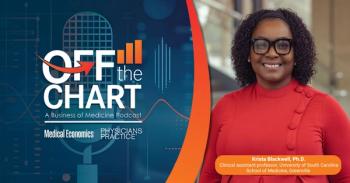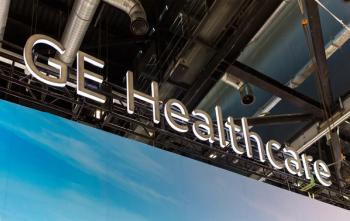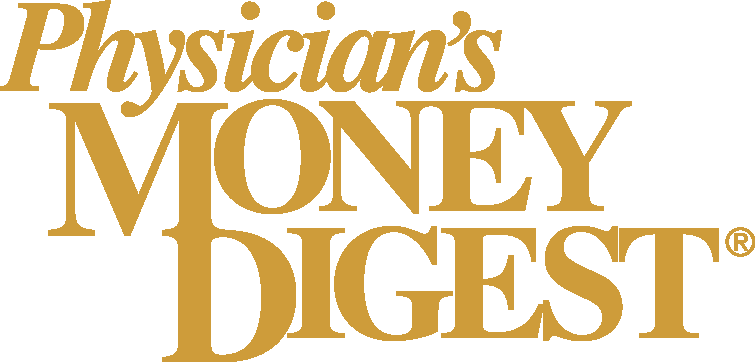
Remote monitoring technologies: What’s working, and how to pay for it
Peterson Center on Healthcare analyzes Medicare data to make policy recommendations for remote patient monitoring.
Remote monitoring technologies have the potential to help physicians and patients find the best treatments through patient data collected over time and analyzed.
How is it best used? For what conditions, and for how long?
This spring, the Peterson Center on Healthcare published
Medicare began reimbursing physicians for remote physiologic monitoring (RPM) in 2019, with new remote therapeutic monitoring (RTM) codes following in 2023. At least one measure showed physicians, patients and technology companies have expanded the use. Traditional Medicare expenditures on
With several years of data available, some usage trends have become clear. Analyzing those, the Peterson Center on Healthcare also made some policy recommendations to refine the use and payment in the future.
In this video series, Peterson Center Executive Director Caroline Pearson discusses the report, its findings and suggestions on policies that could improve the use of remote monitoring technologies in health care.
The center also published a report
Newsletter
Stay informed and empowered with Medical Economics enewsletter, delivering expert insights, financial strategies, practice management tips and technology trends — tailored for today’s physicians.
















